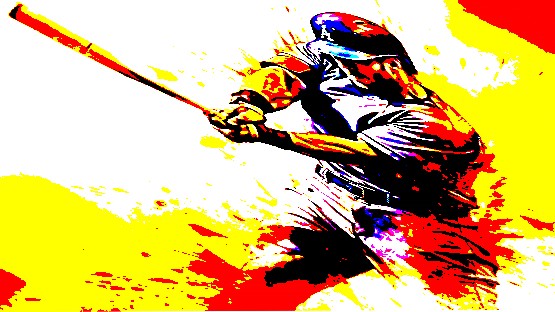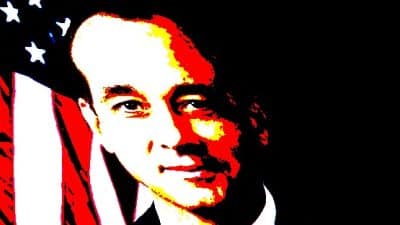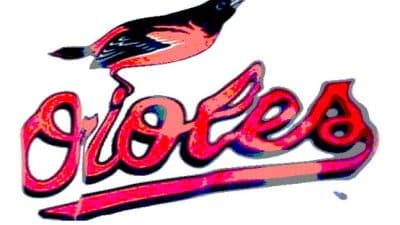
[email protected]
On first glance, it’s pretty damning. Democrat Sam Rasoul in the Sixth District is trailing Republican Bob Goodlatte by a 2-1 margin, and it’s worse than that for Tom Perriello over in the Fifth, which is surprising given the recent decision of the Democratic Congressional Campaign Committee to put its organizational and financial muscle behind Perriello in his race against Republican Virgil Goode.
The DCCC can’t be that far off in its reasoning, can it?
I don’t think so, and here’s why. The polling, done by Survey USA, was flawed. And yes, I know, that’s what anybody will say when a poll shows a result that they don’t want it to. I remember covering the ’05 gubernatorial election and hearing from both sides how Rasmussen was known to be flawed when it showed one candidate surging ahead and how Survey USA, which did the polling in the Rasoul-Goodlatte and Perriello-Goode races this week, was flawed when the other went ahead.
I’ve educated myself this morning into the criticisms of the methodology of Survey USA – which uses automated calls to get at its survey results – and read also reports from academics who have defended the methods as being as sound as any other’s. So I’m not going down that line. And I will say here that I imagine that it is hard for any polling organization to get it right because they all have to rely on phones – whether there’s a person asking the questions or the information is gleaned from automated callers – and so many people use unpublished cell-phone numbers as their primary home phones these days. It seems to me that there would have to be some weighting done to balance things out in that respect, because it would tend to be true, I would think, that the lower- and middle-income voting groups would otherwise be underrepresented.
Which could explain the biggest surprise in the Survey USA numbers – that have Goodlatte getting 42 percent of the African-American vote in the Sixth, and Goode getting 35 percent of the African-American vote in the Fifth. These are extraordinary numbers in an election year when the two races at the top of the ballot in Virginia, for president and the U.S. Senate, have the Democratic candidates getting between 85 and 90 percent of the African-American vote. Just accounting for that anomaly in the polling data, the races narrow a good bit – knocking Goodlatte’s margin down from 29 points to 20 points, and Goode’s from 34 points to 22 points.
Another anomaly that I should point out here has to do with methodology, though not referring to how the polls were conducted in terms of the nature of the calling. I’m thinking more here of how the polls were laid out as one-question polls asking specifically and particularly about the individual races in the Fifth and Sixth. This is a nuanced argument, I will admit, but the reality is that we’re not just going to the polls on Nov. 4 to vote for Congress. We’re also voting for president and the U.S. Senate, and there is bound to be some carryover from how we vote upticket, especially in our votes for the U.S. Senate, where Warner is ahead anywhere from 25 to 30 points in the statewide polls, and according to a private poll that I saw last month up 25 points in the Sixth. I haven’t seen Senate-specific numbers in the Fifth or White House-specific numbers in the Fifth or Sixth, so I can’t judge how the presidential race will impact in any respect. I will just say that a poll that had included questions about the presidential contest and the Senate contest would have given us a clearer picture of how the Fifth and Sixth are leaning than this one lonely island of data about the third race on a three-race federal-election ticket.
This all having been said, I would still say that this data cache from Survey USA gives us a telling snapshot of where we are at this point in mid-August in the Fifth and Sixth. Both Goodlatte and Goode are at the least in the area of 50 percent or slightly more in support, and their Democratic Party challengers are in the mid to upper 30s when you account for the anomalies detailed above. Both Rasoul and Perriello have been working hard for months to build bases of support in their districts, and both have much still to do with time beginning to get short as we approach the Labor Day kickoff to the fall campaign.
The bad news isn’t that the two races are eminently out of reach for their challengers. It’s that the challengers are probably going to have to pull some voters away from commitments to the two incumbents, a switch in time that is not impossible to pull off, but not common.










